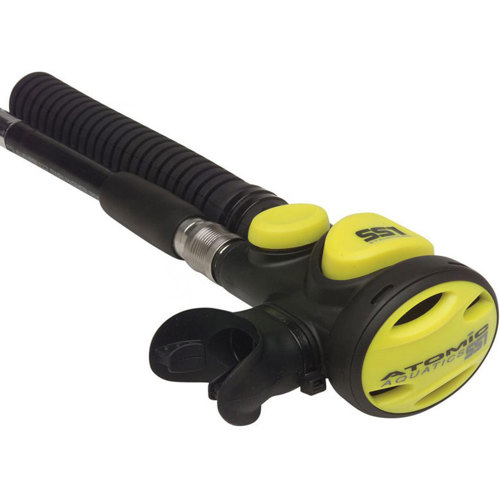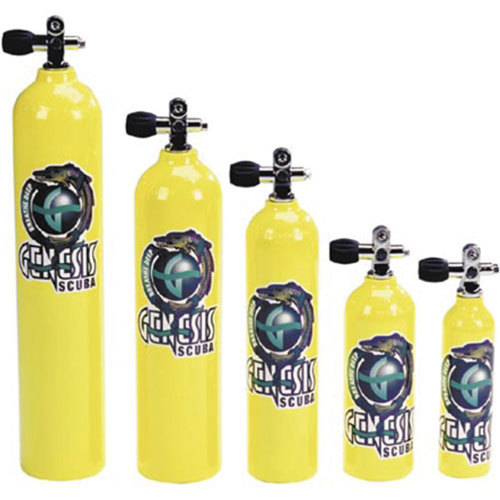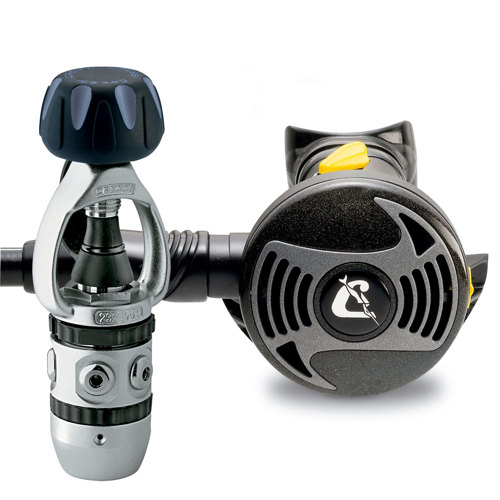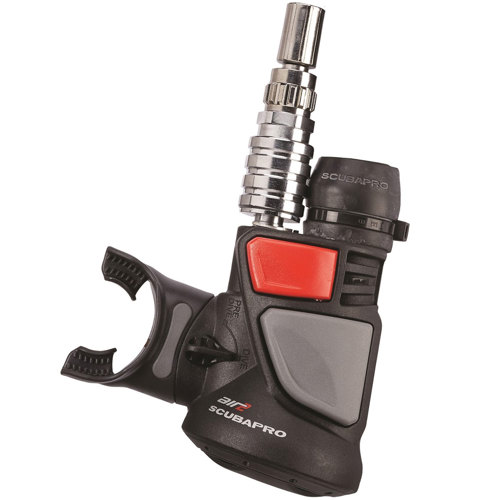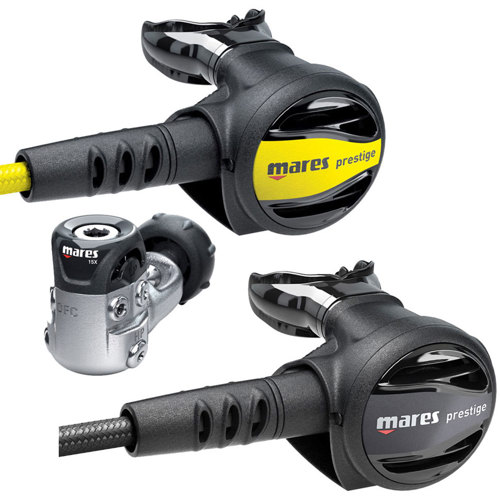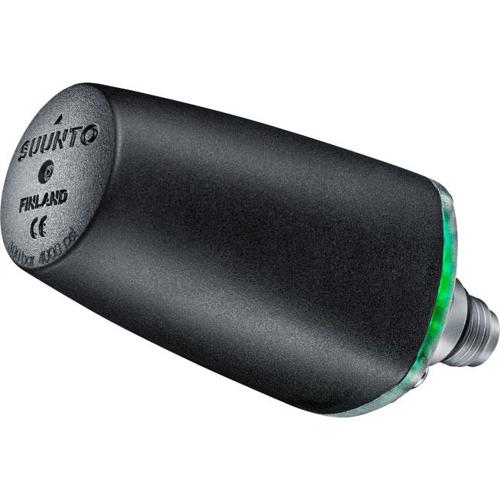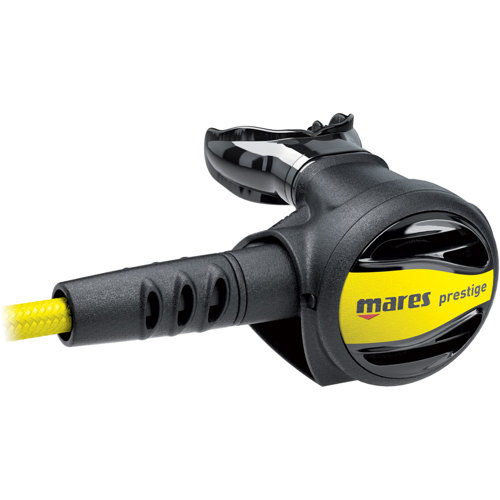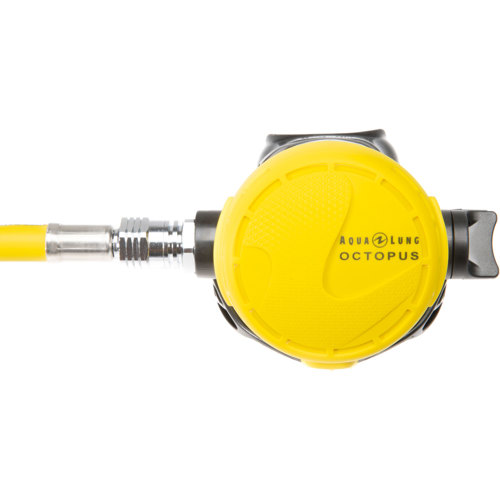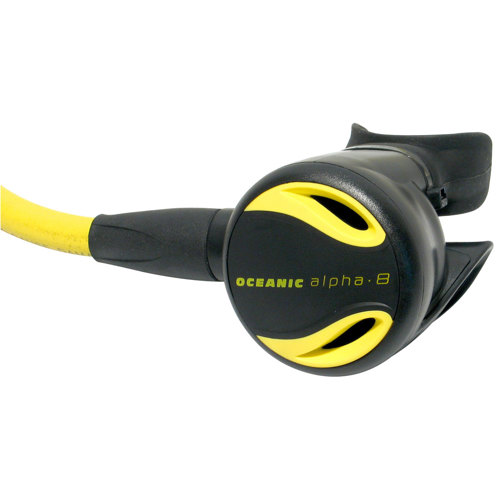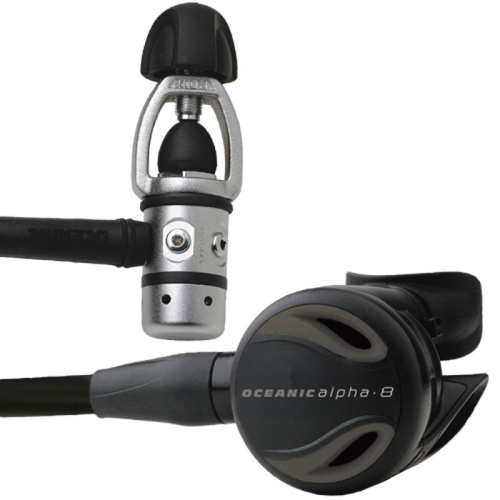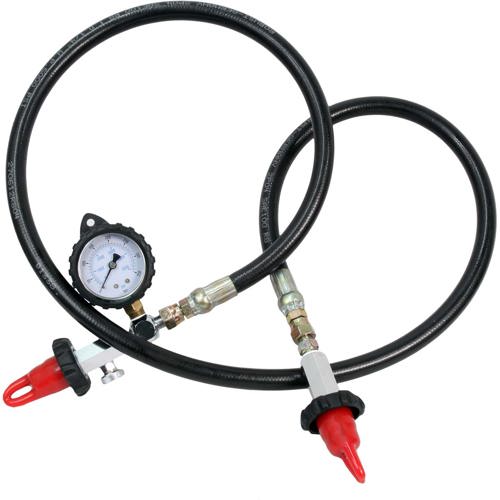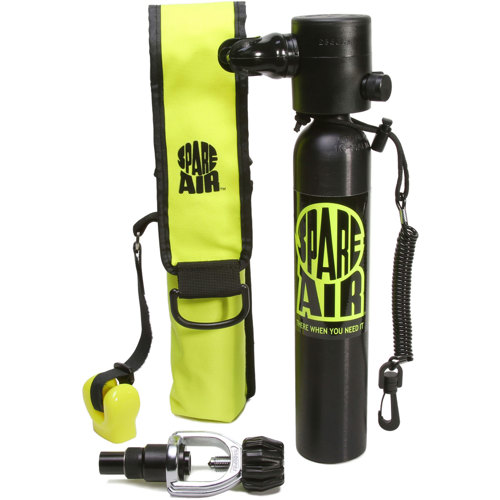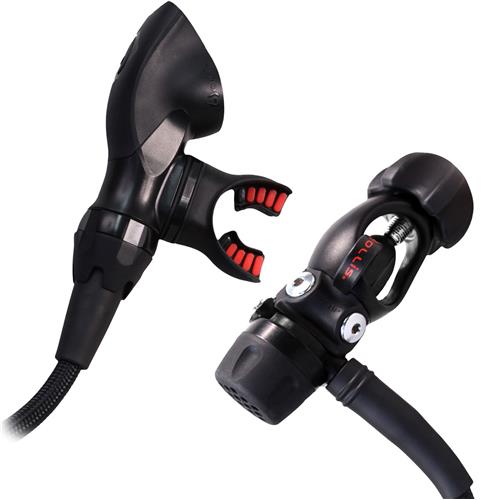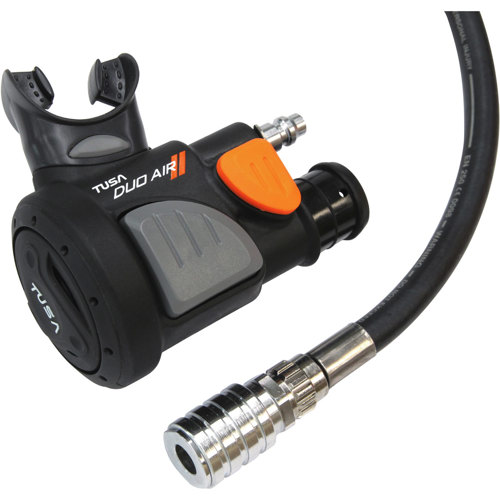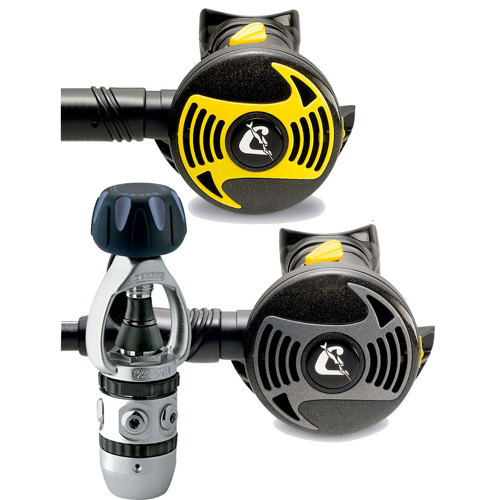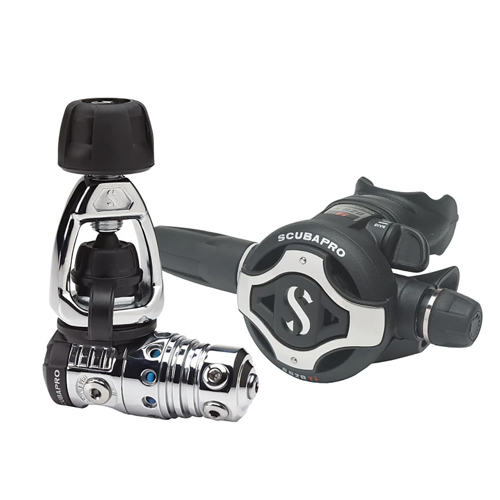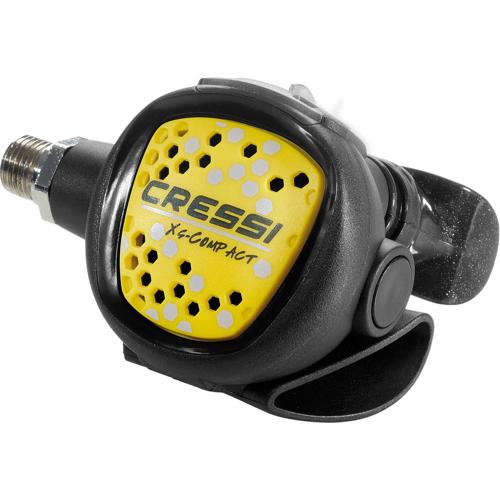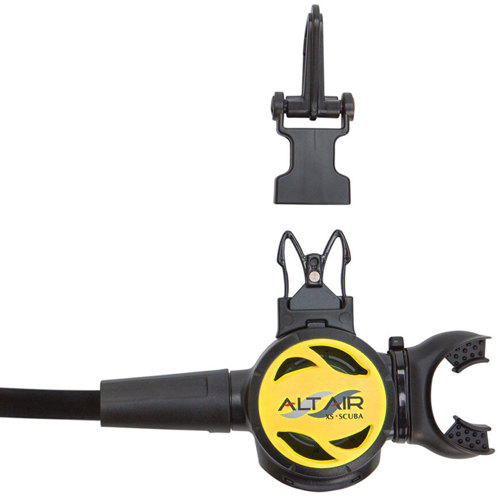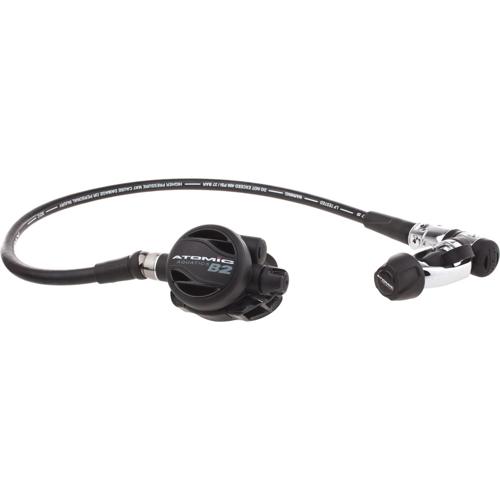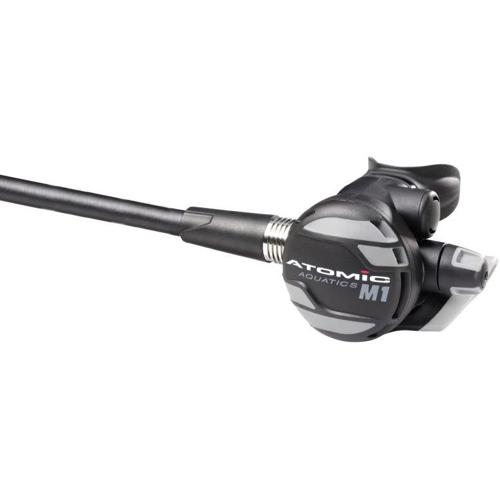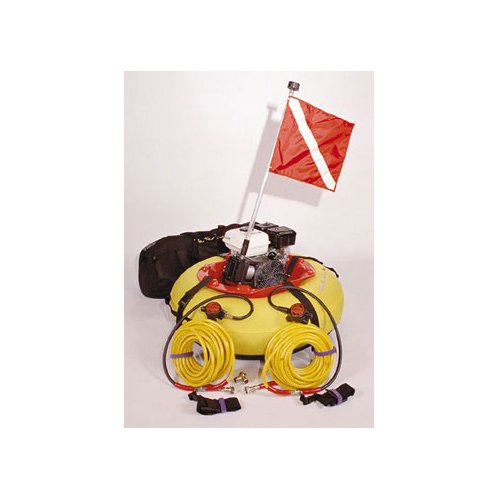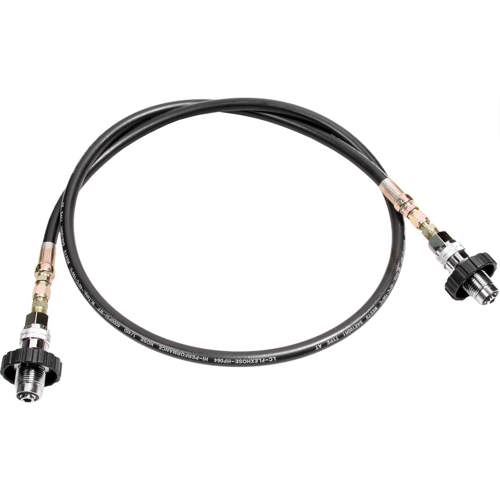When choosing dive air sources, it’s important to understand the unique roles these pieces of equipment play in your overall safety and comfort underwater. Whether you’re a new diver building your first kit or a seasoned explorer venturing into deeper, more challenging environments, alternate and redundant air sources can make a significant difference in your peace of mind. Alternate air sources, often referred to as octopus regulators, are a staple in every diver’s setup. They provide a reliable way to share air with a buddy in an emergency, such as an out-of-air situation or a primary regulator malfunction. These secondary regulators are typically brightly colored for visibility and are attached to the first stage of your main tank, making them easy to locate and deploy in a pinch. For recreational divers, especially those diving with friends or in groups, having an alternate air source is not just a recommendation—it’s a necessity. The feeling of handing off your octopus to a buddy in need, or knowing that someone can do the same for you, is a reassuring part of the dive experience. It’s also a thoughtful gift for new divers, as it’s a piece of gear that will see use on every single dive, from local lakes in the crisp autumn air to warm tropical reefs.
For divers who push their boundaries—whether exploring wrecks, navigating caverns, or simply diving deeper—a redundant air source offers an additional layer of security. Unlike the octopus, which relies on your main tank’s air supply, redundant sources like pony bottles or compact backup cylinders are completely independent systems. These setups are invaluable in situations where your primary air supply could be compromised, such as entanglement in kelp forests, equipment failure, or unexpected delays during ascent. Carrying a redundant air source means you have your own reserve to rely on, which can be a game-changer in complex or high-risk environments. The cooler months of October and beyond often bring clearer water and fewer crowds, making it an ideal time for technical dives or exploring new underwater landscapes—conditions where true air redundancy becomes even more important. Maintenance and setup for these systems require a bit more attention, and it’s worth investing the time to become familiar with their operation. For divers with a technical bent or those who love tinkering with gear, assembling and maintaining a redundant air source can be as rewarding as the dives themselves. They also make a practical and highly appreciated gift for dive buddies who are advancing their training or planning ambitious trips.
When considering which dive air source is right for you or the diver in your life, think about the types of dives planned, the environments encountered, and the level of self-reliance desired. Some divers prefer the simplicity of an alternate air source, while others appreciate the added safety of a fully redundant system. There are also hybrid solutions, such as combination inflator-regulators, that streamline gear while providing emergency air. No matter the choice, regular inspection and maintenance are crucial to ensure reliability when it matters most. For those looking to expand their knowledge or complement their air source setup, a wide range of accessories and tools are available to optimize performance and safety. Explore more options and ensure you’re fully equipped for your next underwater adventure by visiting our
Diving Air Tools page. Whether you’re gearing up for a crisp autumn dive or planning a winter getaway, investing in the right air source is an essential step toward safer, more enjoyable dives.

